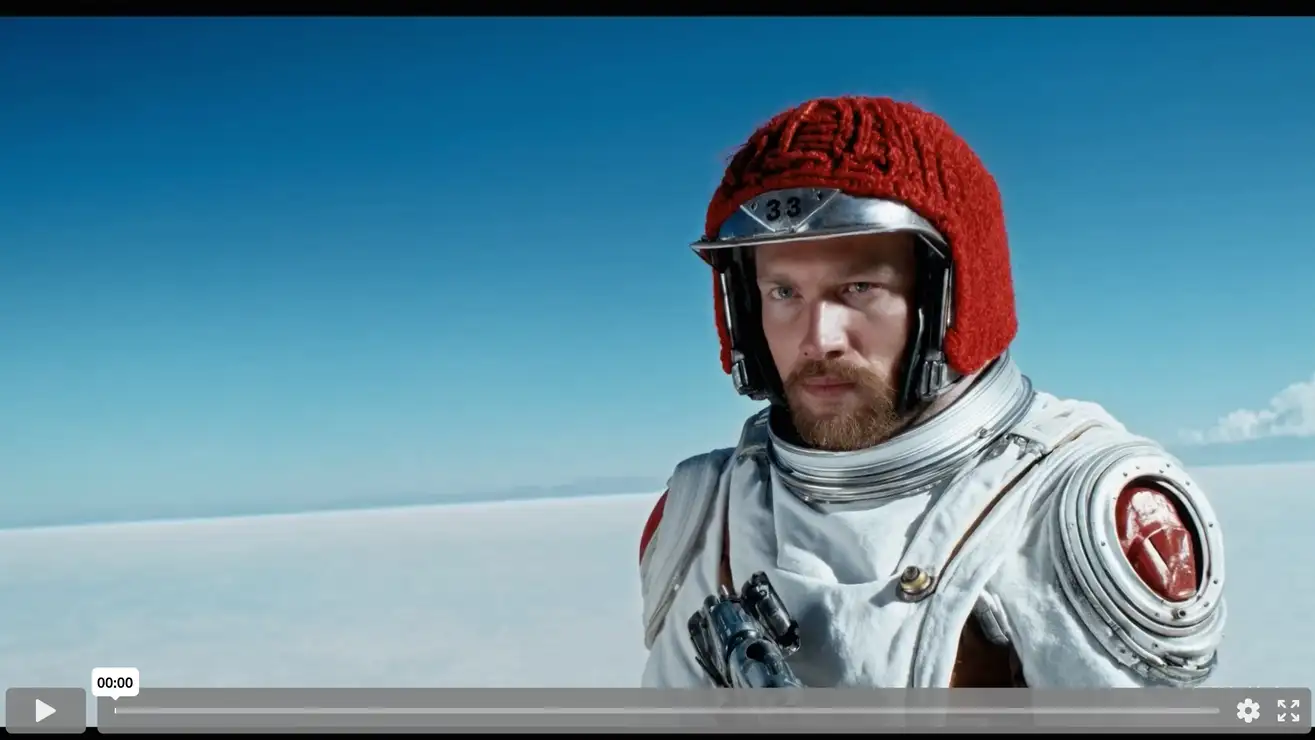
Exploring Text-to-Video Generation: Open-Source Models vs. OpenAI’s Sora
Text-to-video generation is a rapidly evolving field that aims to convert textual descriptions into visually coherent and contextually relevant video content. This technology has the potential to revolutionize industries ranging from entertainment and advertising to education and social media. In this article, we delve into the workings of open-source models for text-to-video generation, compare them with OpenAI’s proprietary Sora model, and discuss the broader implications and future directions of this technology.
Open-Source Models for Text-to-Video Generation
Open-source models for text-to-video generation are typically built on deep learning frameworks, leveraging large datasets of text-video pairs to learn the complex mapping from words to moving images. The open-source nature of these models is a significant advantage, as it enables the broader research community to contribute to their development, driving innovation and facilitating rapid progress.
Advantages of Open-Source Models
The primary strength of open-source models lies in their accessibility and adaptability. Researchers, developers, and hobbyists can freely use, modify, and distribute these models, allowing for a wide range of applications and customizations. For example, different communities can tailor these models to generate content specific to various languages, cultural contexts, or artistic styles.
However, the open-source approach also presents challenges. Training these models from scratch or even fine-tuning them requires substantial computational resources—often accessible only to those with specialized hardware or cloud-based solutions. Additionally, the expertise required to deploy these models effectively can be a barrier for smaller teams or independent developers.
Limitations and Challenges
Open-source models, while versatile, often lag behind proprietary solutions in terms of video quality, coherence, and scalability. The lack of access to vast datasets and advanced training techniques, which are typically available to large organizations, means that open-source models may struggle to generate videos with the same level of detail, fluidity, and contextual accuracy.
OpenAI’s Sora Model: A Proprietary Approach
OpenAI’s Sora model represents a significant leap forward in text-to-video generation. As a proprietary model, Sora leverages cutting-edge machine learning techniques to generate high-quality videos from text. The model is trained on a diverse array of internet text, enabling it to handle a wide range of topics, styles, and contexts with impressive accuracy.
Key Features of Sora
Several features distinguish Sora from both open-source models and other proprietary solutions:
- Unified Representation for Large-Scale Training: Sora transforms visual data into a unified representation that is conducive to large-scale training. This allows the model to be trained on videos and images of varying durations, resolutions, and aspect ratios, enhancing its versatility.
- Patch-Based Representations: Inspired by token-based approaches in large language models, Sora uses a patch-based representation of visual data. This method unifies diverse visual modalities, facilitating scalable and efficient training.
- Video Compression Network: Sora includes a specialized video compression network that compresses input videos into a lower-dimensional latent space. This compression preserves crucial temporal and spatial information while making the generation process more computationally efficient.
- Diffusion Model Architecture: Sora employs a diffusion model that starts with a noisy video resembling static and progressively refines it, removing noise over multiple steps to generate a clear and coherent video. This approach is similar to techniques used in models like Midjourney but is adapted to handle the complexities of video generation.
Comparison with Other Proprietary Models
Sora is often compared to other leading models in the field, such as Google’s Lumiere and Runway’s Gen-2 and Pika:
- Google’s Lumiere: Lumiere is a spacetime diffusion model for video generation, similar in some respects to Sora. However, Sora is particularly noted for its ability to maintain coherence in longer video sequences, outperforming Lumiere in scenarios requiring extended content generation.
- Runway’s Gen-2 and Pika: These models are also prominent in the video generation space, known for their innovative approaches. However, Sora generally outshines them in video quality, particularly in rendering realistic motion and detailed environments.
Broader Implications and Future Directions
The development of models like Sora and the ongoing work on open-source alternatives signal a new era in digital content creation. Text-to-video generation could transform how we interact with media, enabling more personalized and on-demand content. Imagine being able to generate custom videos for educational purposes, marketing campaigns, or even personal entertainment—all from a simple text prompt.
Ethical Considerations
However, as with all powerful technologies, there are ethical considerations. The potential for misuse—such as creating deepfakes or other misleading content—raises important questions about the regulation and responsible use of text-to-video technology. OpenAI has taken steps to mitigate these risks by controlling access to its models, but the broader community must also engage in discussions about the ethical implications of these advancements.
The Future of Text-to-Video Technology
Looking ahead, the field of text-to-video generation is poised for further advancements. Researchers are likely to focus on improving the coherence, quality, and realism of generated videos while also making the technology more accessible and user-friendly. The integration of multimodal data—combining text with audio, images, and other sensory inputs—could lead to even more sophisticated models capable of creating immersive multimedia experiences.
Conclusion
In the ongoing evolution of text-to-video generation, both open-source models and proprietary solutions like OpenAI’s Sora play crucial roles. Open-source models drive community-led innovation and offer flexibility, while Sora sets a high standard for quality and performance. As this technology continues to develop, it will undoubtedly reshape how we create and consume digital content, offering exciting possibilities along with new challenges that must be thoughtfully addressed.


